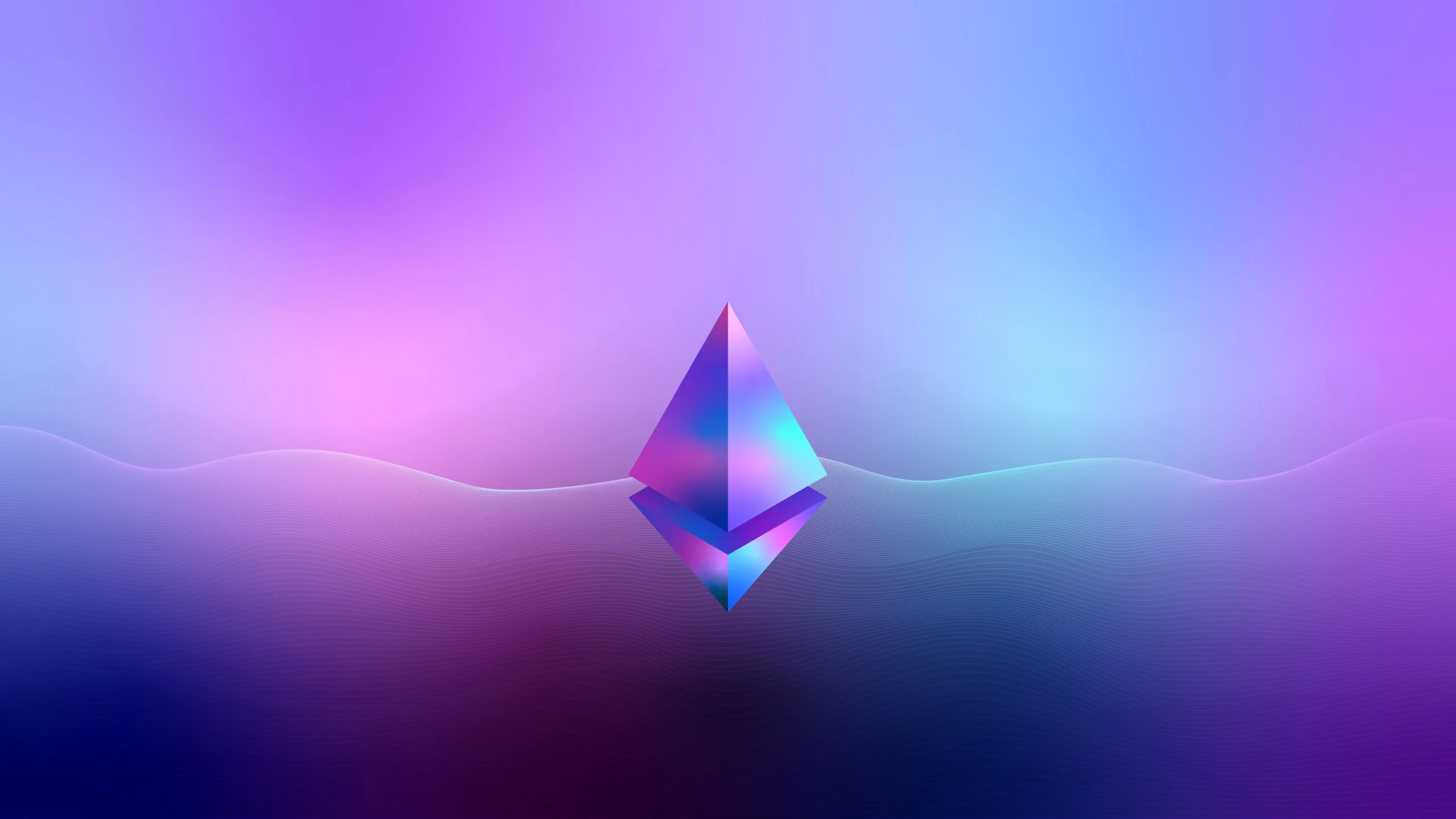Learn what is Ethereum Virtual Machine, how it works, and its significance in the world of blockchain technology, smart contracts, and decentralized applications.
What is Ethereum Virtual Machine, and why is it important in the world of blockchain? This article will provide you with a comprehensive understanding of Ethereum Virtual Machine, its role in the Ethereum ecosystem, and its significance in the world of decentralized applications in the Ethereum 2.0 era.
What is Ethereum Virtual Machine (EVM) – Definition
The Ethereum Virtual Machine (EVM) is a vital component of the Ethereum ecosystem. It is a decentralized, Turing-complete virtual machine that executes and processes smart contracts on the Ethereum network. The EVM provides a secure and isolated environment for running code and executing transactions, ensuring that smart contracts are executed correctly and transparently.
In simple terms, Ethereum Virtual Machine is like the operating system of the Ethereum blockchain. It allows different apps (smart contracts) to run in the network.

EVM and Smart Contracts
Smart contracts are self-executing agreements that run on the Ethereum network. They are written in programming languages like Solidity and contain a set of predefined conditions and rules. Once these conditions are met, the smart contract automatically executes the terms of the agreement without the need for intermediaries.
The EVM plays a crucial role in the execution of smart contracts. When a smart contract is deployed on the Ethereum network, it is compiled into bytecode, which is then executed by the EVM. The EVM ensures that smart contracts are executed in a secure and isolated environment, preventing malicious attacks and preserving the integrity of the network.
How Does the EVM Work?
When a user initiates a transaction or executes a smart contract, the EVM processes the transaction and computes the outcome. The EVM follows a step-by-step process:
- Transaction Validation: The EVM checks if the transaction is valid and if it meets the required criteria, such as the correct format and sufficient gas.
- Bytecode Execution: The EVM executes the smart contract’s bytecode, which is a series of instructions that the EVM interprets and processes.
- State Transition: The EVM updates the state of the Ethereum network based on the outcome of the transaction or smart contract execution.
- Consensus: The updated state is broadcasted to the entire network, and the validators verify the changes, ensuring that the network remains secure and transparent.
Gas and EVM
Gas is an essential aspect of the EVM and the Ethereum network. It is a unit of measure that represents the computational effort required to execute a transaction or smart contract. Gas fees are paid by users to validators for processing their transactions and maintaining the network.
Gas ensures that the EVM functions efficiently and prevents abuse of the Ethereum network. It creates an incentive for validators to process transactions and execute smart contracts, while also preventing users from initiating infinite loops or malicious attacks on the network.
The Role of EVM in Decentralized Applications (DApps)
Decentralized applications (DApps) are one of the most prominent use cases of the Ethereum network. DApps are applications that run on a decentralized network, like Ethereum, and utilize smart contracts for their core functionality.
The EVM plays a critical role in the development and operation of DApps. It provides a secure and efficient environment for executing smart contracts, which are the backbone of DApps. The EVM ensures that DApps run smoothly and securely on the Ethereum network, offering a robust and transparent platform for developers to create innovative applications.
The EVM in the Ethereum 2.0 Era
With the successful deployment of Ethereum 2.0, the EVM has become more efficient, scalable, and secure. The Ethereum 2.0 upgrade introduced several improvements to the EVM, including:
- Sharding: Sharding is a process that divides the network into smaller, interconnected chains called shards. Sharding allows the EVM to process transactions and smart contracts in parallel, significantly increasing the network’s capacity and reducing congestion.
- Proof-of-Stake (PoS) Consensus: Ethereum 2.0 replaced the energy-intensive Proof-of-Work (PoW) consensus mechanism with the more eco-friendly Proof-of-Stake (PoS) consensus. Validators now stake their Ether (ETH) to participate in the network and earn rewards for processing transactions and maintaining network security.
- Ethereum WebAssembly (eWASM): eWASM is a new virtual machine designed to replace the EVM and improve its performance. eWASM is compatible with WebAssembly, a modern, fast, and efficient bytecode format that is supported by major web browsers. This compatibility enables the Ethereum network to support a broader range of programming languages and facilitates the development of more sophisticated and efficient smart contracts and DApps.
- Layer 2 Solutions: Layer 2 solutions, such as rollups and sidechains, have been developed to improve the EVM’s scalability and efficiency. Layer 2 solutions process transactions and smart contract executions off the main Ethereum chain, reducing congestion and gas fees while maintaining the security and decentralization of the network.
Conclusion
Understanding what is Ethereum Virtual Machine is essential for anyone interested in the world of blockchain, decentralized applications, and smart contracts in the Ethereum 2.0 era. The EVM is a crucial component of the Ethereum ecosystem, providing a secure and efficient environment for executing smart contracts and processing transactions. With the improvements introduced in Ethereum 2.0, the EVM is well-positioned to foster the growth and innovation of decentralized applications and the blockchain ecosystem as a whole.